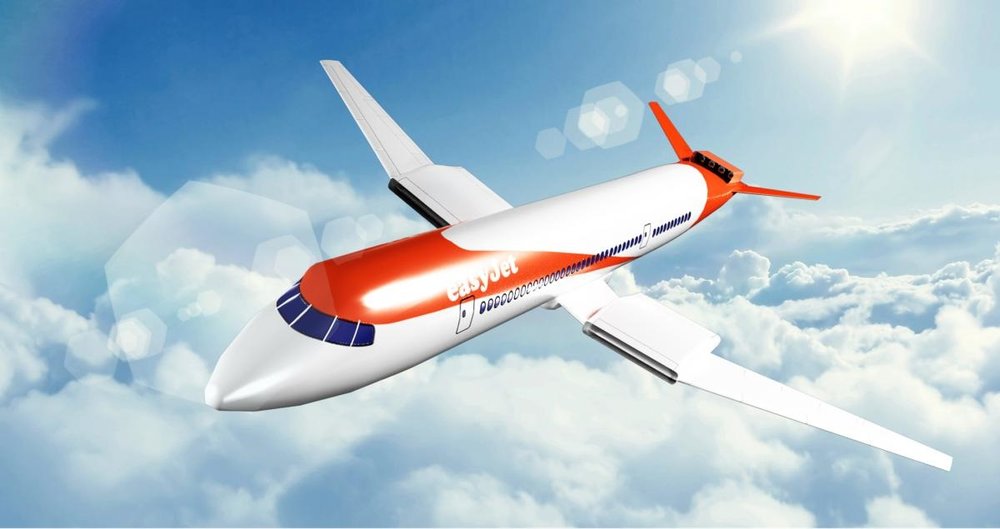www.magazine-industry-usa.com
16
'18
Written on Modified on
EasyJet's electric aircraft
EasyJet's partner, Wright Electric, progress into next phase of development of its electric aircraft as easyJet looks to a future where it could establish electric ‘flyways’ on key short haul routes.

easyJet, Europe’s leading airline, today has confirmed that progress has been made towards its strategy to progressively operate even more sustainably and reduce noise from aviation operations.
Partner and US start-up company, Wright Electric, has commenced work on an electric engine that will power a nine seater aircraft. Wright Electric partner Axter Aerospace already has a two seater aircraft flying, and the larger aircraft is expected to start flying in 2019.
The prototype propulsion system for the nine-seat aircraft is four times more powerful than the system installed on the two-seat aircraft. Work will commence on an easyJet-sized aircraft by aircraft designer Darold Cummings.
Wright Electric has also filed a patent for a motor that will be used in the larger aircraft. This exciting development suggests that the transition towards an all-electric commercial passenger jet capable of flying passengers across easyJet’s UK and European network is in sight. London - Amsterdam is Europe’s second busiest route1 with a strong demand for day return trips, potentially making it an ideal route for all electric plane flying, or what easyJet is calling an electric ‘flyway’.
Pioneering has always been a core element of the airline’s strategy and since 2000 easyJet has reduced its carbon emissions per passenger per kilometre by over 32%.
Johan Lundgren, CEO of easyJet, commented from Amsterdam-Schiphol:
“We know it is important to our customers that we operate sustainably and with the introduction of A320neos, we can already provide a 15% reduction in carbon emissions and 50% less noise footprint, putting us amongst the best-ranking airlines in Europe.
“Looking forward, the technological advancements in electric flying are truly exciting and it is moving fast. From the two seater aircraft, which is already flying, to the nine seater which will fly next year, electric flying is becoming a reality and we can now foresee a future that is not exclusively dependent on jet fuel.”
“The target range of the electric plane is around 500 kilometres which, within our current route portfolio, would mean a route like Amsterdam to London could become the first electric ‘flyway’. And as it is currently Europe’s second busiest route, this could in turn offer significant reductions in noise and carbon emissions, with multiple take offs and landings every day.
We think the Netherlands has an opportunity to lead the way if the Government and airports encourage airlines to operate in the most sustainable way now and in the future and incentivise them through a different and lower charging structure.”
Jeffrey Engler, CEO of Wright Electric, added:
“We are excited about what the next year holds. easyJet has been a fantastic partner, and we look forward to helping introduce low-emissions low-noise aviation to Europe.”
easyJet carried 22 million passengers since its very first flight from Amsterdam to London in 1996, now flying up to 22 flights a day which account for 34% of the total airline’s capacity out of Amsterdam and a very popular service for day return trips.
With an average of 1.8 million passengers a year and a record high load factor of 93% on the route, the airline, soon to be the largest A320neo operator in Europe, takes responsibility for reducing its environmental impact and will continue to encourage airports to promote initiatives to attract the quietest and cleanest aircraft.
www.easyjet.com

